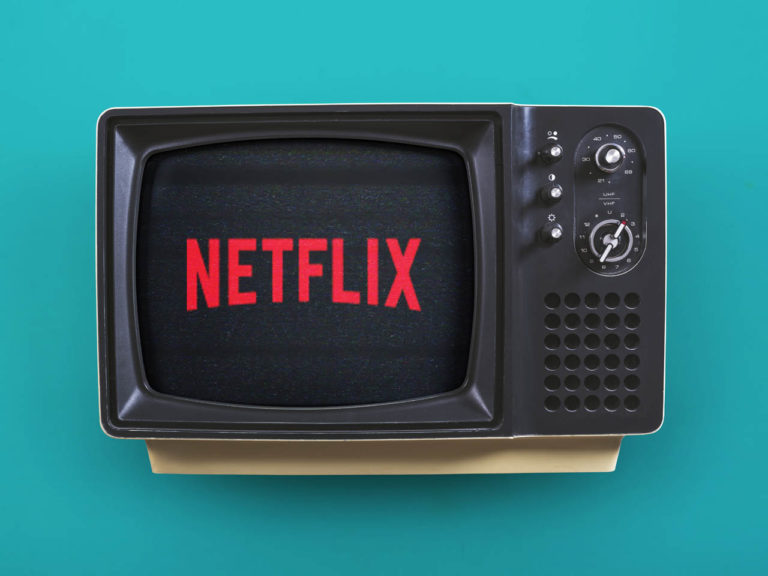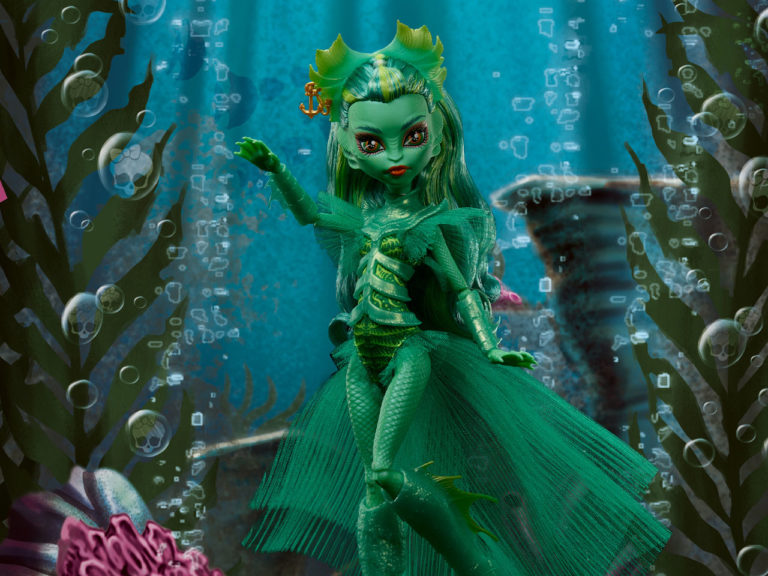
Earlier this year, before we knew what 2020 held for us, we watched the Multiverse die and then live again. Oliver Queen sacrificed his life for that of all existence. Now, nine months later, while we peek through our blinds to see if it’s safe to go outside yet, the CW is hoping to re-brand the interlinked group of shows that started with an extremely serious guy shooting arrows at tennis balls eight years ago. The Arrowverse is no more, the CW says. In its place is the CWverse. And we think that’s a terrible name rooted in a terrible idea.
The logic makes sense.
Of course, the reasoning behind the move makes sense. When the CW greenlit Arrow, they didn’t know that they were greenlighting The Flash, Supergirl, Black Lightning, Legends of Tomorrow, Batwoman, Stargirl, and Superman & Lois. This year, though, marked the end of Arrow‘s landmark run. In the eyes of the suits at the CW, “Arrowverse” is branding their current shows with the name of a show that’s no longer airing. It’s really hard to sell a television show that is no longer on the air. The shift to CWverse, then, is the network hoping to market something that isn’t going anywhere anytime soon: the network itself.
Like I said, taken logically, it makes sense.
But it’s a bad idea.

First and foremost, “Arrowverse” is a fan-coined name. The CW is lucky to have fans who love its programming enough to come up with a name so that they can talk about it more. It’s not often your viewers give you a marketable, hashtaggable name that helps you advertise a half-dozen (and counting!) shows. To try to re-brand it is disrespectful of the people who come back every week because they love these shows. It tells fans that corporate branding is more important than fan love. And we live in a capitalist society, so that’s exactly what the CW thinks. But they’d be smart to try to pretend like they didn’t.
Second, I’d even suggest that it’s disrespectful to the characters of the Arrowverse and the people behind the shows. The front half of the 2019-2020 season was a big tribute to what these people built. Greg Berlanti found a tone that worked to get a comic-book show on the air and then, when that show was successful, helped usher in five more. He also cast Stephen Amell as Oliver Queen, someone with the physicality and charisma to play a superhero for eight television seasons and to own the character. Many actors aren’t interested in advertising their work, but Amell took to it. He became one of the biggest faces of the network on social media, in press, and on the network itself. As much as people think of the CW as a network for teenagers, DC superheroes are just as much of a pull these days.
In the bounds of the fiction, Oliver Queen literally re-made the multiverse. He’s mourned by all the shows’ main and secondary characters. We spent a year from 2018’s “Elseworlds” crossover waiting for “Crisis on Infinite Earths,” and it became a huge network event. Now, not even a year later, the network wants to move on. Again, it makes bean-counter sense. But it feels bad.
What should we call it?
This is a tougher question. I’ll probably call it the Arrowverse for years to come. But what else could we name it?
The Crisis crossover implied that everything in DC live action is part of the multiverse. The final moments showed everything from Stargirl and Doom Patrol to Brandon Routh’s Superman. The show proper included things like Smallville and the DC cinematic universe’s own Flash, Ezra Miller. Crisis made the actual definition of Arrowverse very, very foggy. Technically, Batman 1989 and Batman 1966 are part of the Arrowverse. Luficer, which lives on Netflix, is part of the Arrowverse. NBC’s Constantine has been part of it for a long time. The prematurely-cancelled Swamp Thing both showed up in the ending moments of the crossover, and is now beginning to air on the CW.
The CWverse name seems to acknowledge the truth of that crossover. Those were fun moments. Easter eggs and nods to fans. But nothing more. Dozens of sites followed the crossover with articles about what it means that this show appeared for 2 seconds, how this easter egg means that Batman has to get a CW show. But so many of those moments really were just easter eggs and nothing more. Titans and Batwoman will never crossover. We’ll never see DC’s Legends of Tomorrow pop up on Doom Patrol, as much as I’d like and beg for that. Can you imagine the Time Idiots and the Doom Idiots on the same show? I’m getting short of breath just thinking about the possibilities.
The promo itself weird, too. While the promo attempts to honor the complex, interconnected TV universe that these characters inhabit, but it spends just as much time on characters that don’t make any sense to highlight: Batwoman‘s Kate Kane, whose actor stepped away after just one season; Supergirl‘s Guardian, who was only tangentially connected to his comic persona, or The Flash‘s Cicada, that show’s most boring villain.
Maybe it’s the Berlantiverse.
Calling it the CWverse works that it gets to the slightly disappointing truth of it; The CW is only concerned about its own shows. But it doesn’t reflect either the fans or the people who made these shows. Stephen Amell had a good suggestion:
It’s the Berlantiverse.
— Stephen Amell (@StephenAmell) September 2, 2020
He’s not wrong. These shows literally exist because of Greg Berlanti. And it’s not like calling it the Berlantiverse would be a first. We can point to another example within DC live action: The Snyderverse. We could call it the DC TV universe to go with DC cinematic universe. The fans, the viewers, are coming for their favorite DC shows, not because it’s the CW. Give it a name that will attract them.
We have a better idea.
If I was in charge at the CW–and there are so many reasons I’m not–it would be called the Beeboverse. If there’s one other character in the Arrowverse that everyone likes as much as Oliver Queen, it’s Beebo, the cuddly blue plush doll.

The doll first appeared as an anachronism on Legends of Tomorrow, where the toy ended up in the hands of Vikings and became a war totem. But it would continue to appear. Sometimes as an easter egg when one character gave another a Beebo toy or mentioned it in passing. The Legends turned into a giant Beebo avatar to battle it out magic-and-melee style with the time demon Mallus.
Beebo survived the Crisis, too. Shortly after the defeat of the Anti-monitor, the heroes of Earth-Prime found themselves fighting a giant Beebo. That was a sorcerer’s illusion, but the new press for Beebo ended up with him getting his own in-universe movie, Detective Beebo, voiced by you-know-who. Even when the Fates rewrote reality in the most recent season of Legends of Tomorrow, turning Earth into a brutalist regime of TV-watching factory workers in grey jumpsuits, Beebo persisted when the Fates used him as a symbol. Where there is the Arrowverse, there is also Beebo. And thus with Oliver’s death, it’s only fair that Beebo take his place as the uniting symbol.
Or maybe just leave it by the name we all know, like, and use. Honor the characters and the creators. Call it the Arrowverse.


